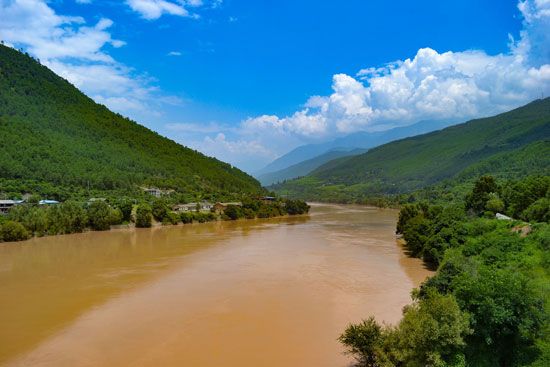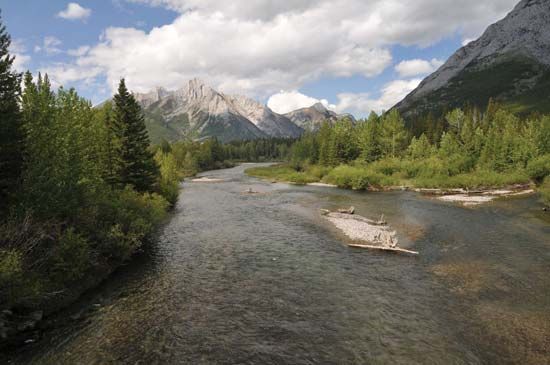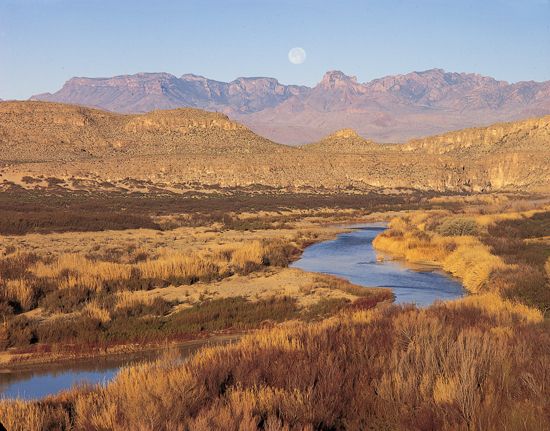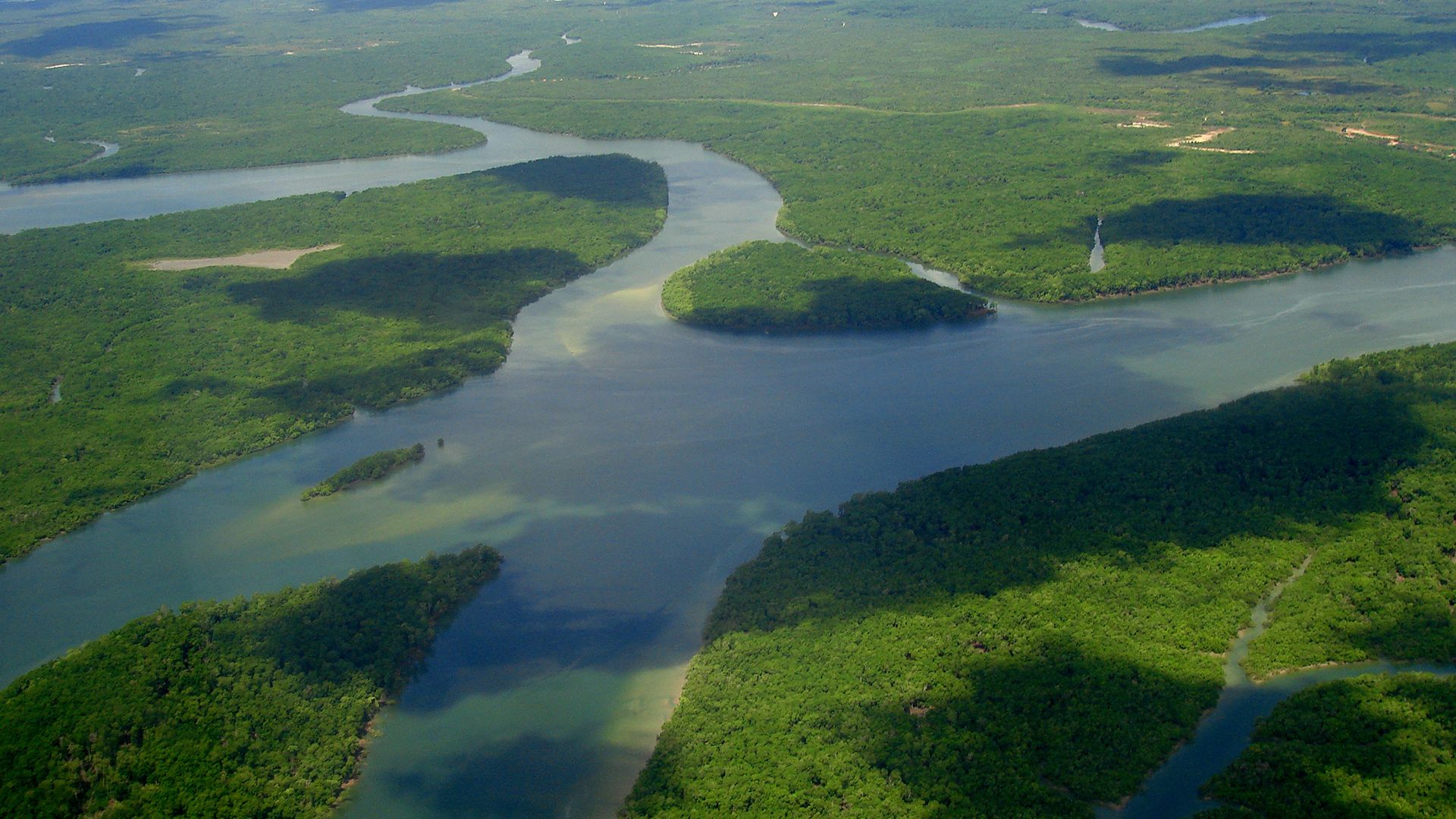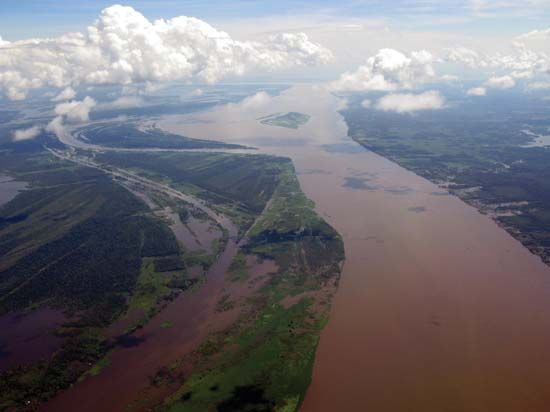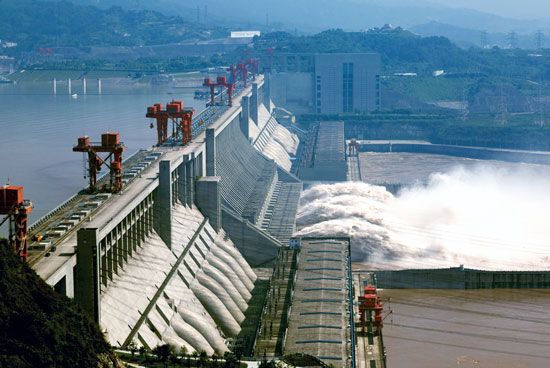The ultimate form assumed by any valley reflects events that occurred during its developmental history and the characteristics of the underlying geology. During initial valley development in areas well above regional baselevel, valley relief tends to increase as rivers expend most of their energy in vertical entrenchment. Valleys are generally narrow and deep, especially in areas where they are cut into unfractured rocks with lithologic properties that resist erosion (most igneous rocks, well-indurated sedimentary rocks such as quartzites, and high-rank, silica-rich metamorphic rocks). Abrupt changes in river and valley bottom gradients, such as knickpoints and waterfalls, are common in the ...(100 of 32811 words)
- Home
- History & Society
- Science & Tech
- Biographies
- Animals & Nature
- Geography & Travel
- Arts & Culture
- Money
- Birds, Reptiles & Other Vertebrates
- Bugs, Mollusks & Other Invertebrates
- Environment
- Fossils & Geologic Time
- Mammals
- Plants


